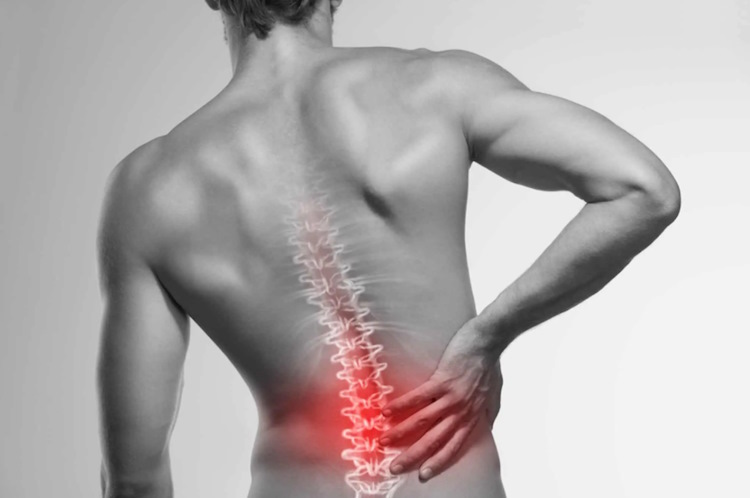Unlocking the secrets: Testosterone replacement therapy and the intricate dance with injuries
Greetings, curious minds! Today, we embark on an exploration of the delicate relationship between Testosterone Replacement Therapy (TRT) and the potential connection with injuries. Before we dive into this intriguing topic, it’s essential to don our researcher hats and approach it with an open mind, understanding that individual responses may vary.
The TRT Basics: A Quick Primer
First things first, let’s demystify TRT. Testosterone Replacement Therapy involves the administration of testosterone to address low levels in the body. It’s often prescribed to individuals experiencing symptoms of low testosterone, such as fatigue, decreased libido, and mood swings. TRT comes in various forms, including injections, patches, gels, and pellets.
The Testosterone-Injury Tango: Myth or Reality?
Now, the million-dollar question: Does undergoing TRT increase the likelihood of injuries? To untangle this intricate web, we must consider several factors and perspectives.
- The Strength Factor:
Testosterone plays a crucial role in muscle development and maintenance. Therefore, one might argue that an increase in testosterone levels through TRT could enhance muscle strength and reduce the risk of injuries associated with weakness or muscle imbalances.
- Bone Density Boost:
Testosterone is not only a muscle buddy but also a friend to your bones. Adequate levels contribute to bone density, potentially reducing the risk of fractures and injuries related to bone health.
- The Energy Equation:
Improved energy levels, often reported by individuals undergoing TRT, may translate to increased physical activity. While regular exercise is generally beneficial, sudden spikes in activity can pose a risk of injuries if not approached with caution.
- Hormonal Harmony:
Hormonal balance is a delicate dance. TRT aims to restore testosterone levels to a healthier range, potentially improving overall hormonal balance. A harmonious hormonal environment may positively influence various bodily functions, including injury recovery.
- Caveats and Contradictions:
On the flip side, some studies and anecdotes suggest that anabolic steroids, which include testosterone, can lead to overestimation of one’s physical abilities, potentially resulting in riskier behaviors during exercise and training, subsequently increasing the risk of injuries.
Individual Variability: The X-Factor
It’s crucial to acknowledge the immense variability among individuals. Factors such as age, pre-existing health conditions, lifestyle, and exercise habits all contribute to how the body responds to TRT. What might be a boost for one person could present challenges for another.
Navigating the TRT Journey: Tips for a Balanced Approach
For those considering or currently undergoing TRT, here are some key considerations to foster a balanced and injury-conscious approach:
Medical Supervision:
Always undergo TRT under the supervision of a qualified healthcare professional. Regular monitoring ensures that testosterone levels remain within the optimal range for your specific needs.
Gradual Progression:
If you’re incorporating or increasing physical activity, do so gradually. Sudden, intense workouts can increase the risk of injuries, regardless of TRT.
Listen to Your Body:
Pay close attention to how your body responds to TRT. If you notice any unusual symptoms or discomfort, communicate promptly with your healthcare provider.
Holistic Health Focus:
TRT should be part of a comprehensive approach to health, including a balanced diet, regular exercise, and sufficient rest. This multifaceted approach contributes to overall well-being and injury prevention.
Educate Yourself:
Stay informed about the potential benefits and risks associated with TRT. Knowledge empowers you to make informed decisions about your health.
In Conclusion: A Harmonious Balance
As we wrap up our journey through the realm of TRT and injuries, it’s essential to embrace the complexity of the topic. TRT, when administered and monitored responsibly, can potentially contribute to improved muscle strength, bone density, and overall well-being. However, like any therapeutic intervention, it should be approached with mindfulness and consideration of individual factors.
The interplay between testosterone and injuries is multifaceted, influenced by a myriad of variables. Rather than viewing TRT as a direct path to injuries, it’s more accurate to recognize it as one element in the intricate tapestry of health. With proper medical guidance, a balanced lifestyle, and a keen awareness of your body’s signals, you can navigate the TRT journey with confidence, optimizing the potential benefits while minimizing any associated risks. Here’s to a harmonious balance between testosterone, health, and injury prevention!









